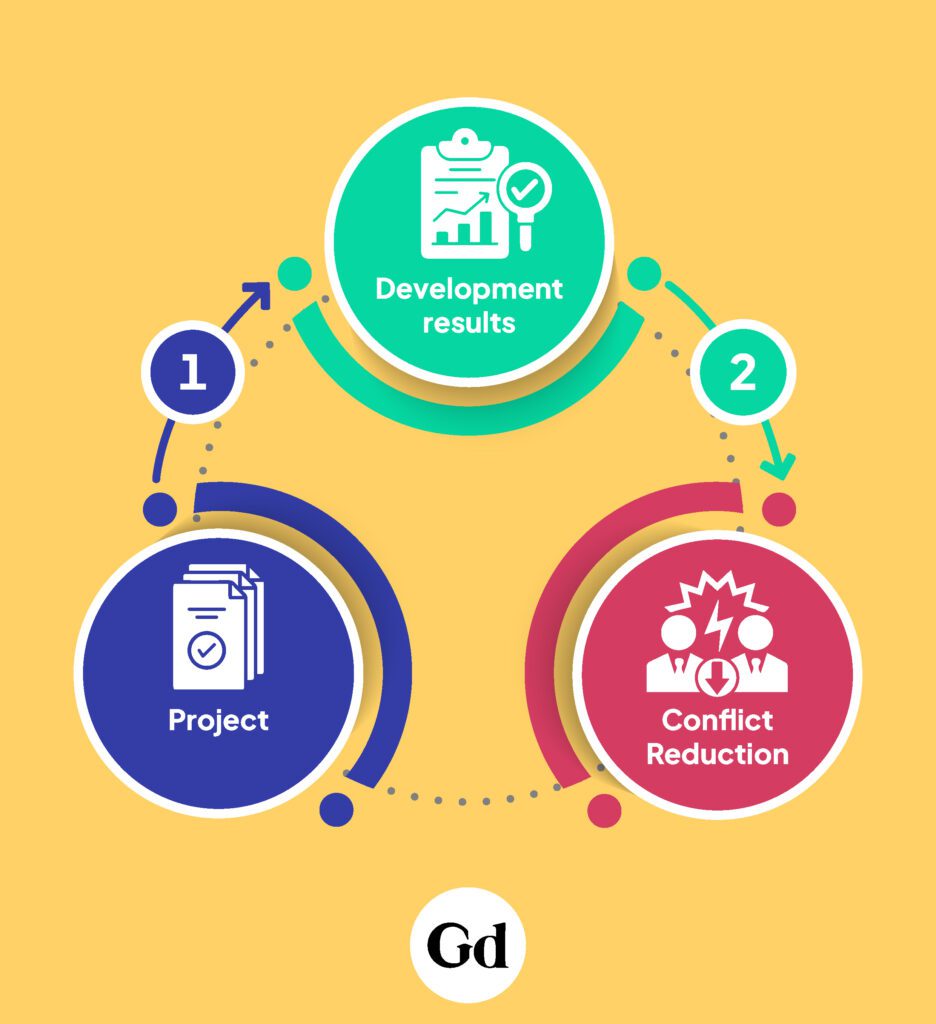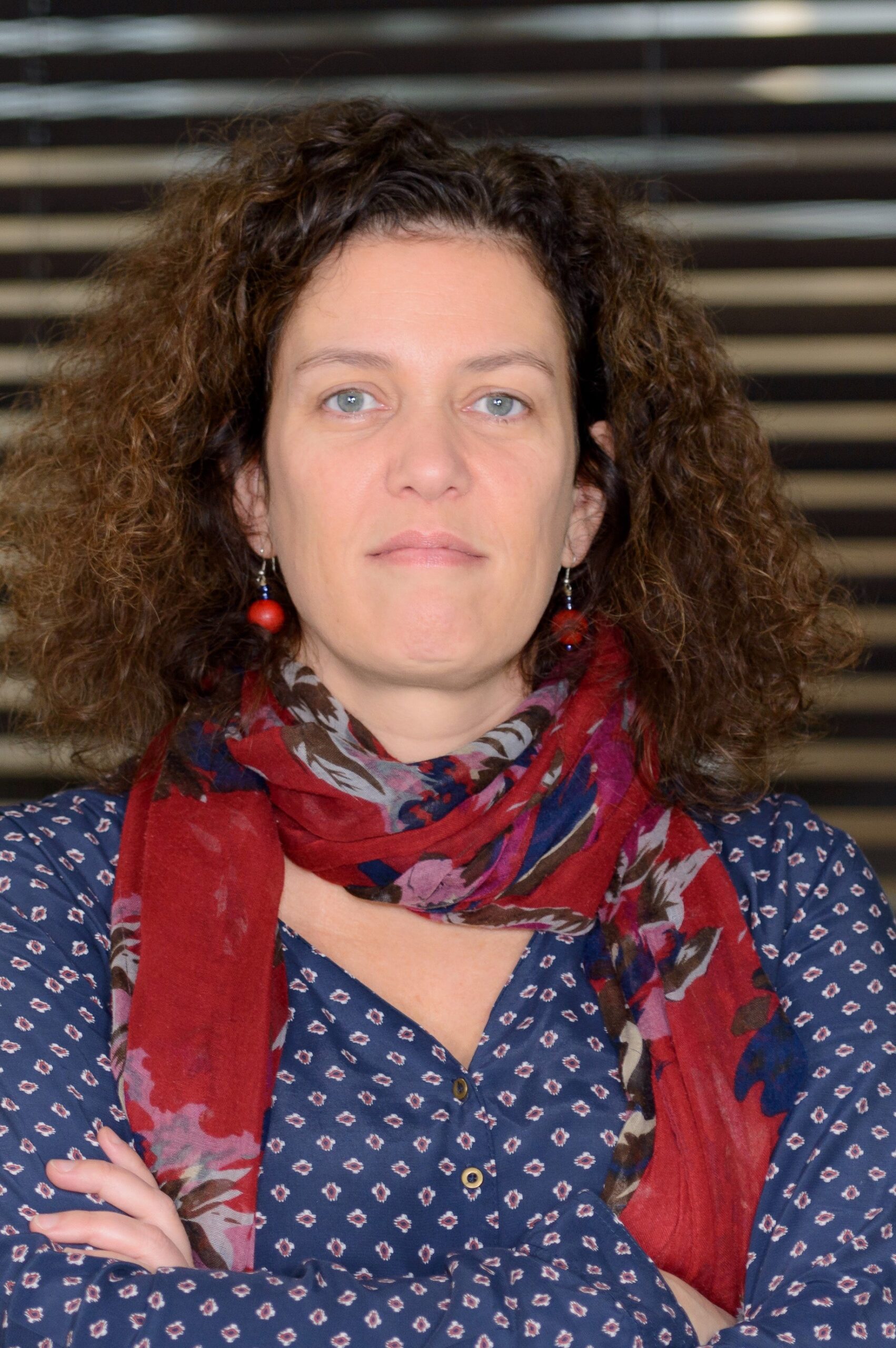After two decades of European and American initiatives combining security and development in fragile states, the results can only be described as mixed. While the projects often achieve their immediate objectives, their impact on stability and governance remains limited. In view of this, the authors call for a more modest approach, rooted in local realities, and questioning the paradigm of “global” interventions that has prevailed since the 1990s.
The hasty departure of American troops from Afghanistan in 2021, and of French troops from the Sahel in 2022, seemed to mark the end of a cycle that began in the 1990s with the Somali conflict, that saw the multiplication of “global” interventions blending security and development in so-called “fragile” states. What lessons can we draw from these two decades of interventions mixing armed action and development projects?
Effective results, limited impacts
On paper, the objectives appear to have been achieved. After all, statistical analysis of numerous development agency evaluations shows that projects carried out in conflict zones produce results close to those expected, even in environments of intense violence. Between 2012 and 2022, for example, the Independent Evaluation Group (IEG) completion ratings for World Bank projects in fragile or conflict-affected environments are only slightly lower (3.8/6) than the average (4.0/6).
However, recent impact studies carried out in fragile environments seem to say quite the opposite. For instance, a synthesis of 315 project evaluations in Afghanistan, Mali and South Sudan concludes that “aid does not improve stability, capacity or governance in extremely fragile contexts”.
In the same spirit, an evaluation of a remittance program in Niger clearly illustrates the limits to development action: remittance indicators are deemed positive and in line with expectations, but at the same time, the level of conflict has increased significantly.
Why is there such a discrepancy between results and impacts?
Crisis intervention can be roughly divided into two phases. The first aims to achieve concrete results for the population, generally in the form of “public services”: small-scale economic infrastructure, social infrastructure, water supply, services, business start-ups. The second phase focuses on reducing conflict by restoring opportunities for local stakeholders and re-legitimizing institutions, in order to restore the confidence of communities and citizens.
This second stage is particularly tricky to achieve, as it comes up against the intangibility of individual and collective motivations: questions of legitimacy, trust, resentment, identity and loyalty. At this stage, the parameters of local situations, whether expected or unexpected, determine the impact of projects. This is what Olivier de Sardan calls the “revenge of contexts”.

Poorly understood contexts?
Aid agencies have perfectly understood the need for in-depth knowledge of contexts prior to action. Consequently, between 1990 and 2022, external stakeholders benefited from substantial analytical resources, privileged access to expertise and considerable international knowledge production. However, the geopolitical importance of the Afghan and Sahelian situations has led to a rise in the level of decision-making within international institutions, thus distancing operators on the ground. Contextual knowledge, which by its very nature is difficult to quantify and communicate, has not made its way sufficiently up the decision-making chain, leading to its gradual exclusion in favor of more standardized, quantitative and solution-oriented international knowledge.
Competing coherences
Finally, development programs in conflict zones suffer from a dilemma of coherence. For 30 years, international institutions have sought coherence in development policies at 4 levels: intra-ministerial, to coordinate programs concerning the same target country; inter-ministerial, to coordinate the actions of a donor’s ministries; between aid donor agencies; and between donors and the needs of recipient countries.
However, these levels of coherence clash, depending on the priority given to each. Integrated or global interventions of the “3D”[TK1] type (Diplomacy, Defense, Development) have thus given priority to inter-ministerial coherence within donor countries, sometimes sacrificing alignment between local priorities and those of donors, as well as external stakeholders.
Furthermore, security and development policies do not share the same level of political priority. In practice, development policies have been subordinated to security policies, with the former relegated to the role of a tool for winning “hearts and minds”.
Towards a new paradigm?
In conflict zones, the local situation determines the impact of development actions, not the other way round. This means that development aid in fragile situations is a “weak tool”, with uncertain results, dominated by political, social and security dynamics. The first lesson to be drawn from this is undoubtedly a reduction in the transformational ambitions of aid.
The second lesson is that coherence between the many actors involved in conflict situations must be sought first and foremost at field level. Indeed, strong coherence at donor country level will very often lead to a gap in alignment with the institutions of the country in conflict. Consequently, coherence must be sought at the level of local institutions, which will then coordinate all external actors more effectively.
Finally, aid in conflict zones must be based on in-depth information provided by local stakeholders. This requires a complete overturning of accountability chains and decision-making centers, even if this is difficult to achieve. Although risky, an approach based on traditional accountability and local knowledge is preferable to standardization, which is doomed to failure.







